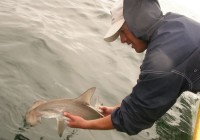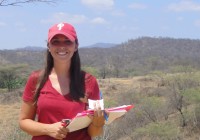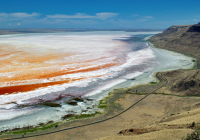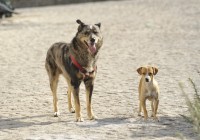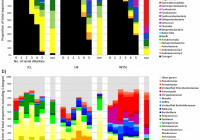A ticking time bomb? Ebola and the neglected tropical diseases
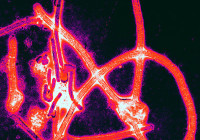
Ripudaman K Bains is the Assistant Editor of Genome Biology, and the in-house editor of the journal’s special issue on the ‘genomics of infectious diseases’ In recent months, infectious diseases have been at the forefront of public attention. The deepening Ebola crisis in West Africa has now claimed nearly 6,000 lives, and although the international… Read more »
1